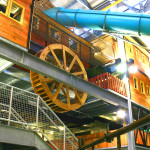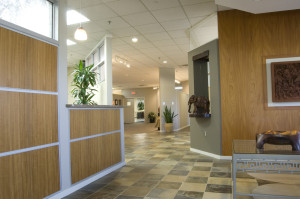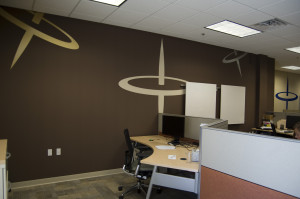
by Ryan | Sep 26, 2014 | Design News
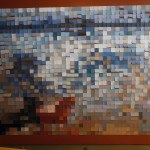
Last year’s ArtPrize installation, Benjamin Moore paint sample mosaic.
Well, it is that time of the year again. Leaves are changing colors, the air is getting crisp, and for the city of Grand Rapids, time for ArtPrize! The international art competition kicked off this week and the excitement in the community is evident. As everyone seems to be getting into the spirit of the arts, our team at r.o.i. Design is no exception.
Last year we got our creative juices flowing and created an installation in our lobby, creating a mosaic image out of 2” x 2” Benjamin Moore paint samples. This year we are doing another installation in the lobby of our building at 1451 Front Ave. NW.
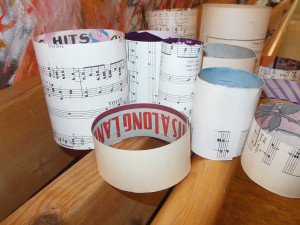
Old sheet music, rolled into rings and fastened together.
Our new design assistant, Ian McRae, has been diligently cutting, rolling and taping together pieces of old sheet music to create a unique art installation he calls “Solo”. Ian is a graduate of Kendall College of Art and Design, with a major in Sculpture and Functional Art. The sheet music comes from the personal collection of r.o.i. Design owner Mary Witte, and pieces date back to the early 1900’s.
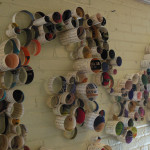
Detail of installation. Click for larger view.
With over 500 individual paper rings, taped together and carefully arranged together along the walls in our building’s entry, the installation makes quite an impact. While the piece is not an official ArtPrize entry (we are located just North of the event’s boundaries) we feel it is a fitting attempt to participate in this celebration of the arts.
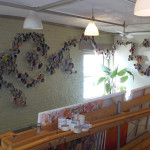
ArtPrize 2014 installation in our building’s entry at 1451 Front Ave. NW. Click for larger view.
If you are in the area, stop by during normal business hours and check it out. We would love to see you and hear what you think about the installation.
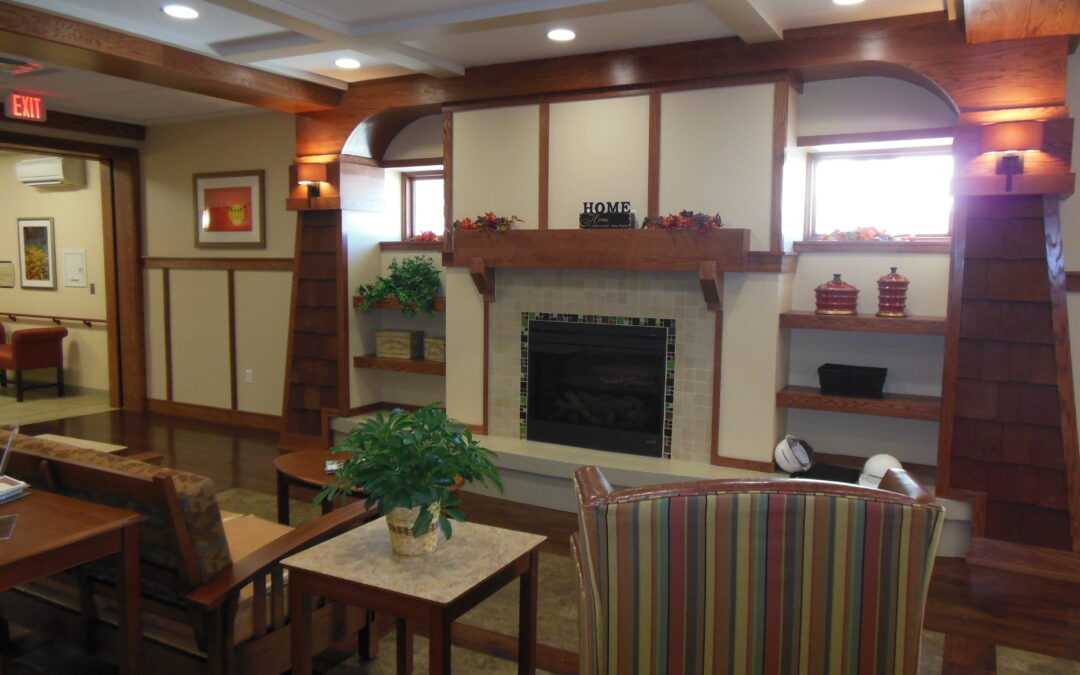
by Ryan | Jul 29, 2014 | Church Design, Design News, Home Design, Project Management, Retail Design
r.o.i. Design has a very friendly relationship with and sincere respect for architectural design, although we are not architects. Some of us have had training in interior architecture, but mostly we are known for our creativity, our process and our desire to deliver a “return on investment”. We do help our customers procure the architectural services they need for their projects and can manage the process of delivering the design when it is appropriate.
CLICK HERE to see our services and all that we do.
We have designed commercial buildings, store facades, homes, and a variety of office and store remodels for contractors and business owners. In these cases, we hire architects to review our drawings, add code language and seal our drawings. Two small architectural firms with whom we have a long history of working together are Architectural Concepts (Ken Watkins) and TJA Architecture (Tim Allspach).
Most recently we assisted Gerrit’s Appliance with the planning of their Kentwood showroom, planned by fall of 2014 and Williams Kitchen and Bath with the planning of their new Plumbing Showroom. We also are working with developers of mixed used spaces helping them design (or redesign) their new spaces from buildings that were formerly commercial or industrial, turning them into retail and office spaces.

Modern home remodel we designed with Bruce Heys Builders
We also have designed homes under 3800 square feet working with builders. We are very proud of the home we designed for Bruce Heys Builders that converted a 70’s ranch to a modern home suitable for years to come.
If we were approached with a larger project, we would contact our friends at HDJ Architects (David Layman and Eric Maring). We have partnered with HDJ on the Double JJ Ranch and Golf Resort in Rothbury MI, a variety of Michigan credit unions and most recently Meadow Brook Medical Care Facility in Bellaire MI.
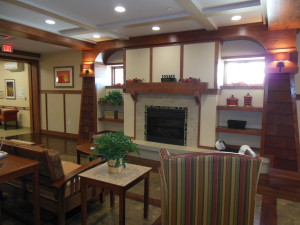
Meadow Brook Medical Care Facility, designed with HDJ Architects
When churches call us, we prefer to partner with Elevate Studio (Steve Fridsma & Jim VanderMolen). Steve reminded us that when he was a student he attended an event that toured our company, Designers Workshop, and we had our first professional project with him when he was with Progressive Architecture.
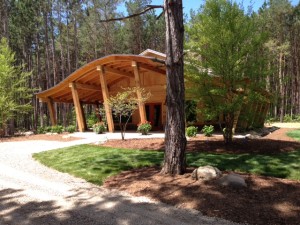
Welcome Center at Sojourn Lakeside Resort in Gaylord
There have been situations where a client comes to us to create a concept. They prefer to take the concept from us to a local architect in their region to create construction documents. This was the case for the Welcome Center at Sojourn Lakeside Resort in Gaylord for the Lambert Family.
Never before has architecture and interior design been as integrated as it is today in our society and industry. Our customers realize the value of bringing us in at the architectural conceptual stage as we identify, from the beginning, how people might interact with the space. Interior design and architecture impacts behavior and as spaces are imagined, we assist the design team in keeping the customer experience in mind.
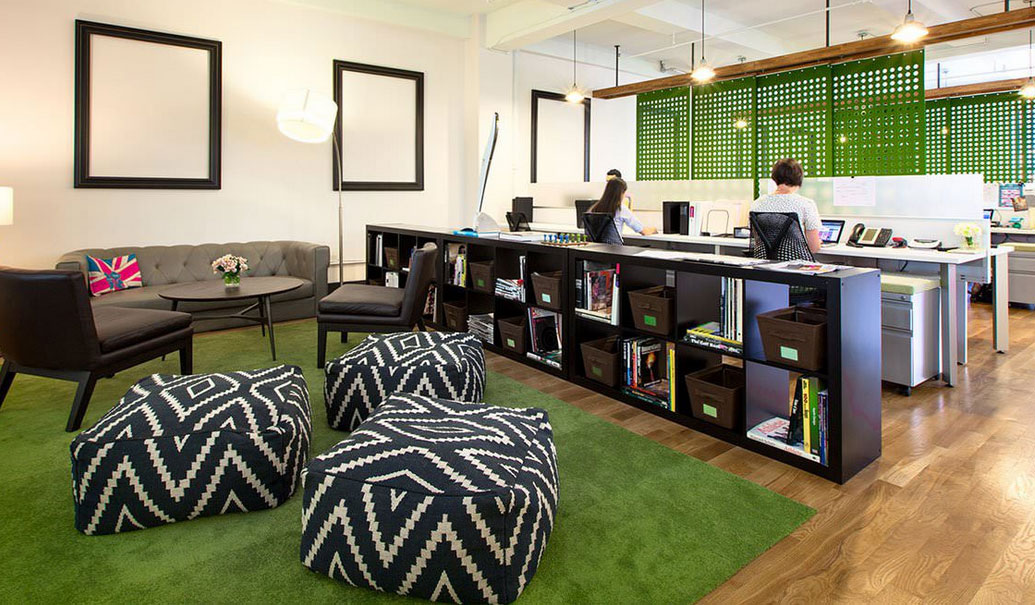
by Mary | Jul 29, 2014 | Design News
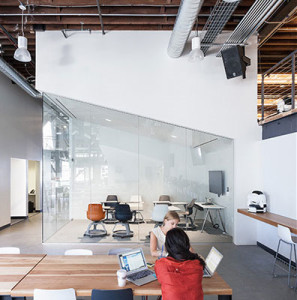 There are trends in everything, and employees are looking for a broader variety of options of work spaces to pick from based on the work they are doing and their experience outside of work.
There are trends in everything, and employees are looking for a broader variety of options of work spaces to pick from based on the work they are doing and their experience outside of work.
This trend sees a revolt against totally open offices or workplaces that don’t offer more than one way to work. The really cool places to work, i.e. Google, Zappos, Capital One, etc., are landmarks for today’s workforce who see how others work and want their employers to explore the options.
Ten to fifteen years ago, the economy was seeing less and less of a need for middle managers. There was a push toward group management, peer management, and self- directed work. That meant teams had to learn how to work with less supervision but with more transparency. In response, office design saw systems furniture walls get lower or disappear. The economy after 2005 was less than bullish, so owners and managers were shrinking the spaces they worked in even when they didn’t “downsize” the workforce.
Somewhere around 2008, we had small, open offices and a growing number of shared spaces. Collaboration and innovation were the buzz words that eclipsed teamwork and self-direction. We lived through the phase when supervision was reduced and we had to be more accountable, but our business cultures wanted us to do more, be more creative and work together too.
 Today’s business culture is asking employees to do more. Technology has made this possible and the workforce is adjusting to a different pace. Healthy environments understand how people work best and consider their needs to: be productive, meet goals, be visible, mentor, report, be accountable, collaborate and communicate.
Today’s business culture is asking employees to do more. Technology has made this possible and the workforce is adjusting to a different pace. Healthy environments understand how people work best and consider their needs to: be productive, meet goals, be visible, mentor, report, be accountable, collaborate and communicate.
At NeoCon 2014, Steelcase pronounced “Privacy: The Next Office Crisis”. They developed products that create acoustical and visual separation. Haworth and Herman Miller have been introducing open space private meeting areas that have the equivalent of wings or shields that have adaptable parts to help the users to feel more or less “open”. Haworth and Herman Miller were subtly promoting that if a team had a high level of trust, walls didn’t have to be built. They continue to invent environments that promote people working together and compromising autonomy for “cool”.
So what does the small business owner without a budget for one of the Big Three’s furniture solution do? r.o.i. Design is working with a variety of customers tackling this dilemma and have seen the following to be successful:
- Communicate with your group that you know it probably is time for a change in the office and that you are thinking about it. Be open to their ideas and casual discussions around the office. DON’T hold a town hall meeting, don’t set yourself up for a deadline and a transition you can’t promise.
- Identify other offices/workplaces that you like how they work and feel in your region. Talk to your team about them. DON’T compare yourself to Silicone Valley if you are in the suburbs of a Midwestern town. Understand what the other employers in your industry are doing in your area.
- Hire someone like r.o.i. Design to meet with you and help you start to imagine and understand what some of the options could be for:
- Adjacency – who is sitting next to who, who is supporting who, who are natural leaders and where is there cross-pollination.
- Clear roles of spaces-what is private, what is shared, what is collaborative, what is casual, what is formal etc.
- Reasonable and feasible budgets and timelines to create enough meaningful change.
- Once there is more of an understanding of what is needed, research how to get there. This is when you contact contract office suppliers and re-sellers. Remember the companies that sell furniture as their main business, may not be as open to a phased equipment purchase and may not see the value of making changes in the environment using existing furniture.
- Communicate with your team as to what you discovered and manage expectations for change. Include enough of the employees in the actual planning to facilitate “buy-in”.
- Treat the change as a management opportunity and pay attention to how your team responds. Reward them for helpful behaviors and attitude.
- Stay flexible, and execute 80% of your ideas. A new trend will start showing up in five to ten years and office remodeling will never be completely, “done”.
The reward of creating spaces that support the needs of employees is way beyond the investment in design fees and equipment if you can get through a planning process something like what is described above.
There is a balance between making enough office changes to indicate your commitment to support real performance change and only making token changes that don’t really solve some of the new issues arising in the workplace. Do something, do enough, but don’t break the bank.
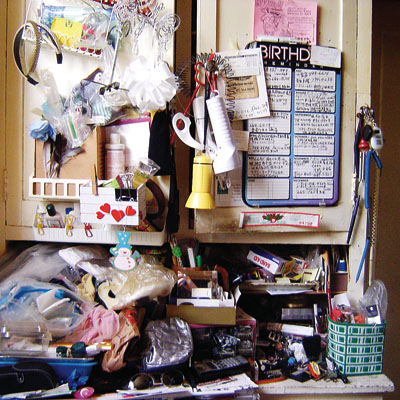
by Mary | May 27, 2014 | Design News, Home Design
Clutter is a nuisance, but in preparing to teach a course on decluttering for OLLI (Osher Lifelong Learning Institute) at Aquinas College, Mary Witte quickly realized that clutter is more than just sorting things into pretty baskets.
Here is a link to the presentation. Clutter
What creates clutter? There are typically events that kick off our bad habits (downsizing, retirement, loss of a family member, remodeling, hobbies, inheritance…) but the inability to deal with clutter may be more personal. We may be blind to clutter, the longer it is there, the more natural it becomes. We may call clutter by a different name like our to-do pile, or future project, or we just describe clutter is how we organize.
No matter your excuse, it is time to de-clutter! Get on it!
More information about OLLI here.
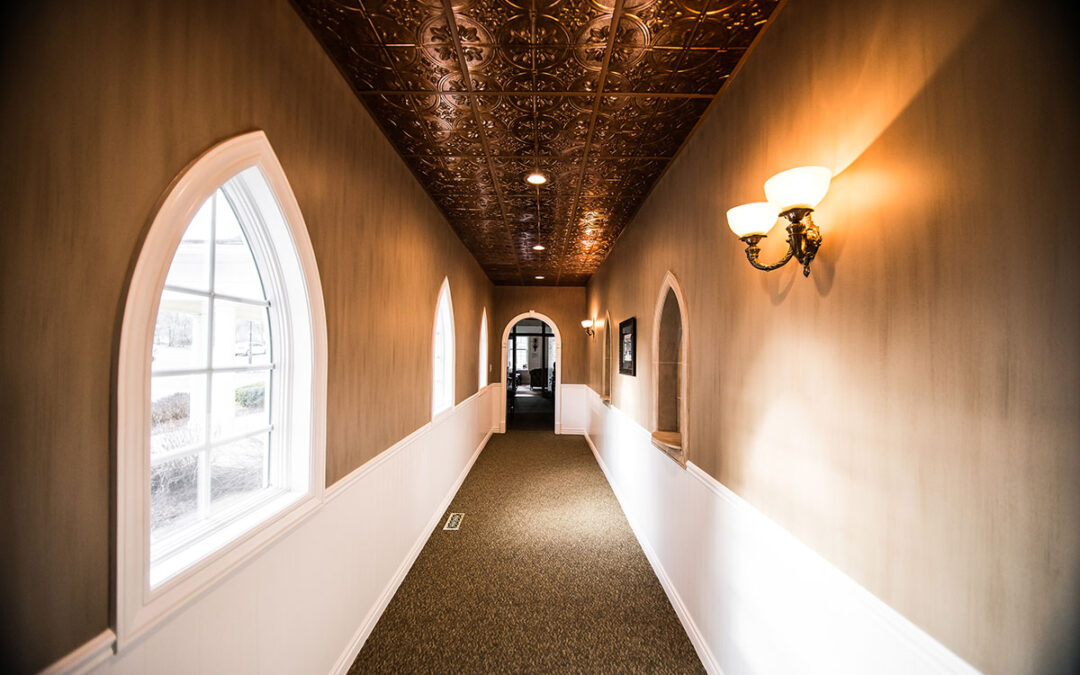
by Mary | May 7, 2014 | Design News, Interior Design, Retail Design
Dentists of today are a sophisticated group of business people who are engaging their customer in new ways. Promoting preventative habits and healthy diet as well as educating their patients on how dental health impacts whole-health, are just some of the examples of how modern dentistry is gaining an important role in family health. But the most significant trend is the increased care and concern to provide comfort and a great experience while at the dentist. Some of that comfort is coming from the improvements in technology and consequently, faster and less invasive visits. While dentists still specialize, they are trying to make referrals easier and offer more services to minimize the need for patients to go to three different offices to finish a procedure.

Reception Counter. Click for larger view.
r.o.i. Design, as retail specialists, were asked by Rockford Construction to assist them in the planning and interiors for their dental customers with the goal of making the experience as comfortable, professional and enjoyable as possible.

Treatment Room. Click for larger view.
Some of the things that we have seen be the most successful in our projects this year are:
- Spa-like feel and color palettes
- Extending the comfort of the lobby through to the exam, hygiene and procedure rooms, no more scary rooms!
- Integrating the greeting and reception experience with the entire service; no more sliding doors at the check-in desk!
- Promoting the office “brand” and expertise of that particular office through design.
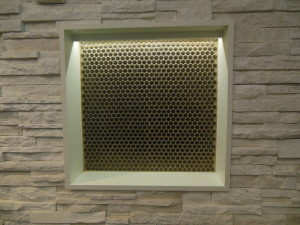
Stone Wall with Copper Tiles in Niche. Click for larger view.
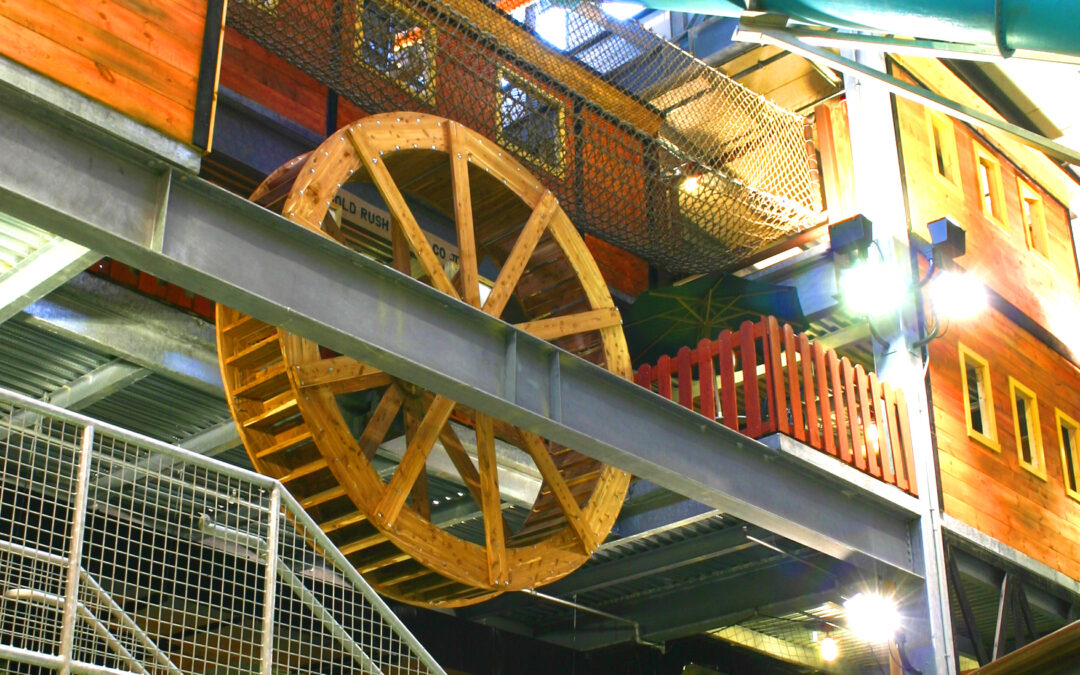
by Mary | May 6, 2014 | Branding, Design News, Interior Design
There is a short walk between design and marketing. They are neighbors, and like good neighbors they share with one another.
No one wants a trendy design that will require a remodel before the bills are paid. No one wants a corny theme, but everyone wants a look that fits them and lasts the test of time. When branding a project, r.o.i. Design makes sure to include these steps in their process.
1. First understand the people who are going to use the space. What is their relationship to the brand? Is it their space, the place they work, their favorite retail store, their place of worship or the place to weigh-in for Weight Watchers?
2. Understand the message that the owner of the space wants to convey. We often hear words like professional, comfortable, efficient, welcoming, motivational, safe and casual. We want to provide those things and more. What attribute of the business or the owner can we share that is of interest and illustrates how this space is different from other places?
3. Be authentic. The details that extend a brand are meaningful and lasting. They can sometimes become iconic but don’t necessarily start that way. Quite often, our customer will relate these details as “fun” without being silly. They often are subtle or integrated in a way that is so natural that, “of course that detail would be there”. For CPA’s Baker | Holtz, who didn’t want to appear “shy” about their profession, we found little ways to make them smile and gave them landmarks in their space so they could give an interesting tour of their office.
4. Be addictive. When the recipe for a design works, the nuances of the “brand look” are happily continued by the users of the space. For a while, r.o.i. Design called themselves “Design Dogs”, happy to follow the customers lead. We saw ourselves so differently than the aloof cat-like designer stereotype that for a while we had dogs on the backs of our business cards. People started giving us dog sculptures and other dog-related stuff, on and on.
We worked with Spin Dance in their downtown Holland office space. We tried to understand the complex service this technology group offers to their customers and we tried to understand the name. We offered to them that perhaps they could illustrate data spinning, so quickly, so precisely and to the point, like a spinning top. It stuck. We want all spaces that are important to you to be significant and tell your story. You shouldn’t have to borrow a cup of sugar from “marketing” to make it that way.



















